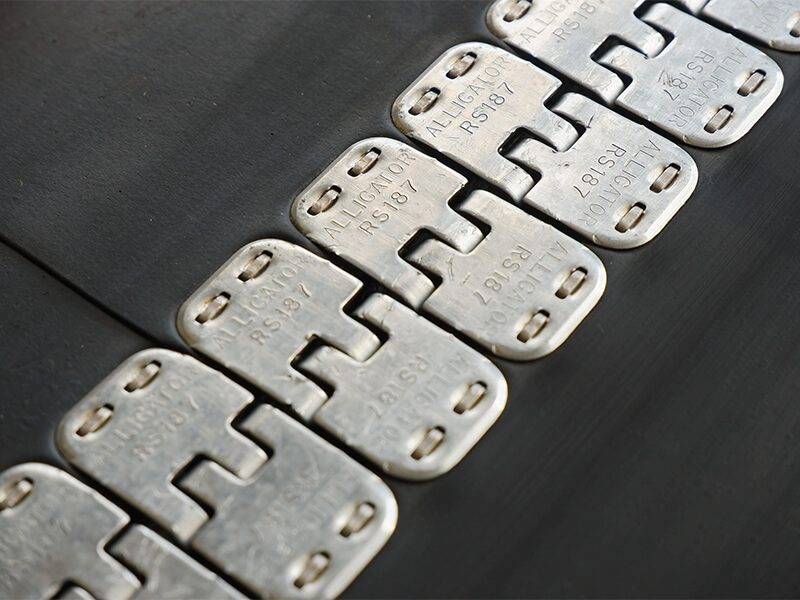Mechanical Fasteners: Reliability and Strength
Mechanical fasteners are widely used in conveyor belt joining due to their reliability and strength. These fasteners consist of metal plates or hinges that are attached to the belt ends, creating a secure connection. The belt ends are aligned and inserted into the fastener, which is then tightened, ensuring a strong bond.
Mechanical fasteners offer several advantages. They provide exceptional joint strength, allowing the conveyor belt to withstand high tension and heavy loads.
Additionally, they are relatively easy to install and replace, minimizing downtime during maintenance.
Vulcanization: Durability and Flexibility
Hot vulcanization is another popular method for joining conveyor belts. This process involves applying heat and pressure to a vulcanizing press, which effectively bonds the belt ends together. Vulcanized joints offer excellent durability and flexibility, making them suitable for various applications.
During cold vulcanization, a special adhesive compound, known as the vulcanizing agent, is applied to the belt ends. The press applies heat and pressure, causing a chemical reaction that chemically bonds the ends.
Cold vulcanization does not use a press, but uses a bonding agent that causes a chemical reaction to splice the two belt ends together.
The resulting joint is strong, seamless, and resistant to wear, ensuring long-lasting performance.
Adhesive Bonding: Versatility and Precision
Adhesive bonding is a versatile method used for joining conveyor belts, particularly for lightweight and thermoplastic belts. It involves using specialized adhesives that create a strong bond between the belt ends.
Adhesive bonding offers excellent precision and can be tailored to specific belt materials and applications.
To achieve a successful adhesive bond, the belt ends must be properly cleaned and prepared. The adhesive is then applied to the belt ends, and they are pressed together, allowing the adhesive to cure and create a solid joint.
Adhesive bonding is known for its flexibility, allowing the belt to maintain a smooth running surface.
Exploring Conveyor Belt Joint Types
Butt Joint: Simplicity and Affordability
The butt joint is one of the simplest and most cost-effective joint types for conveyor belts. It involves aligning the belt ends and joining them by using a mechanical fastener, vulcanization, or adhesive bonding.
Butt joints are commonly used in industries where the conveyor belts operate under low tension and carry lightweight materials.
Overlap Joint: Enhanced Strength and Smooth Transition
The overlap joint, also known as the finger joint, offers enhanced strength and a smooth transition between the belt ends. It involves overlapping the belt ends and using a combination of mechanical fasteners and adhesive bonding or vulcanization. Overlap joints are preferred for heavy-duty applications where the conveyor belts handle substantial loads.
Scarfed Joint: Seamless and High-Strength
Scarfed joints are designed to create a seamless transition between the belt ends, ensuring high strength and durability. This joint type involves beveling the belt ends at a specific angle and then using vulcanization or adhesive bonding to bond them together. Scarfed joints are commonly used in applications that require a smooth and uninterrupted belt surface.
Remember, selecting the right conveyor belt jointing method and joint type not only improves the overall performance of conveyor belts but also enhances safety and productivity in various industrial sectors


